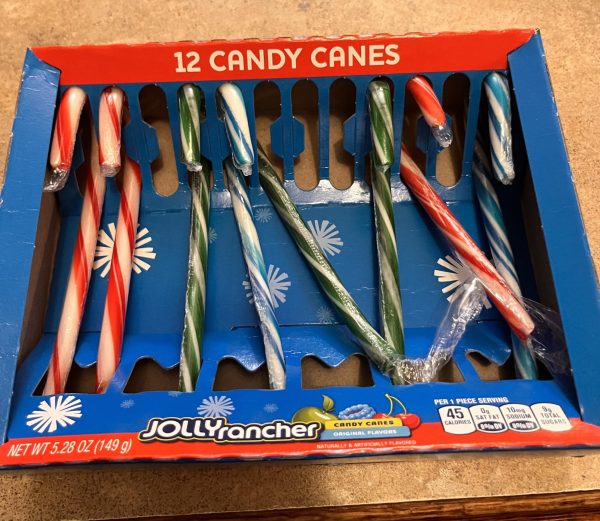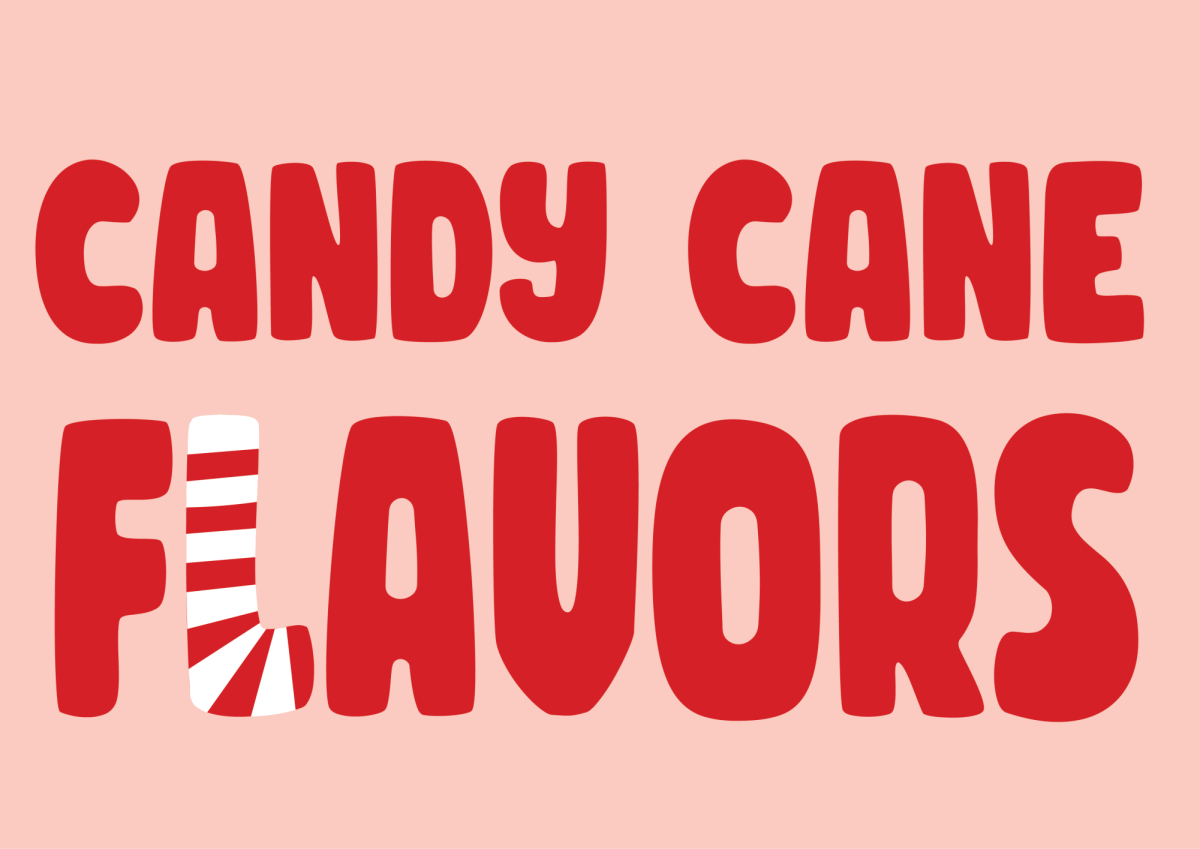A twisted red and white pepperminty treat; know as candy cane has a story just like everything else. Candy canes have been long associated with Christmas. Candy canes in hot cocoa, candy canes by your gingerbread house, and peppermint ice cream can all be considered as Christmassy items. That is a lot of candy canes. “1.76 billion candy canes are produced in the United States annually” says Lesley Kennedy. Why are candy canes so popular? How did candy canes even come about?” We are going to explore the origin of candy canes, and the evolution of them.
There is no specific origin of candy cane’s, but there are plenty of theories and legends. The first theory dates back to a 1670 live Creche (a nativity scene), at a cathedral in Germany. It is there that a choir teacher gave his choir boys candy sticks during the show. As for how the infamous hook in the candy came about, legend says the choir teacher bent the candy sticks to resemble a shepherd’s staff for the occasion. “The story has some credibility, but it’s just as likely Germans added the hook to hang them from trees, alongside cookies, fruits and other treats,” says Susan Benjamin.
Another theory is that in 1847 August Imgard, a German immigrant, hung white candy sticks and ornaments on a spruce. From then on candy canes were sold and purchased as white candy sticks. “At the turn of the 20th century, the red stripes—and peppermint flavor—emerged as the most popular choice,” Carly Schildhaus. What do stripes on a candy can mean? It is unclear the precise reason why candy canes have stripes. Most theories are related to Christian faith. Some say the candy cane’s J shape is representative of Jesus. Others say the stripes are a secret code among persecuted Christians. “A secret language amongst the Christian faithful depending on the stripe—three represented the trinity, one Jesus’ sacrifice, but the more general role of the stripe as the blood of Jesus,” says Benjamin.
 As for today candy canes are popular all over the United States, and there are even different variations of the candy cane. There are popular candy flavors, such as Sour Punch candy canes, SweeTart candy canes, and LifeSaver candy canes. Other candy canes have more distinct flavors such as Dr Pepper, ketchup, and even Twinkie flavored candy canes. As you can see, candy canes have come a long way. Starting out as candy sticks used to quiet boys during church, to becoming a popular Christmas item, candy canes are present all around us during the holidays.
As for today candy canes are popular all over the United States, and there are even different variations of the candy cane. There are popular candy flavors, such as Sour Punch candy canes, SweeTart candy canes, and LifeSaver candy canes. Other candy canes have more distinct flavors such as Dr Pepper, ketchup, and even Twinkie flavored candy canes. As you can see, candy canes have come a long way. Starting out as candy sticks used to quiet boys during church, to becoming a popular Christmas item, candy canes are present all around us during the holidays.


